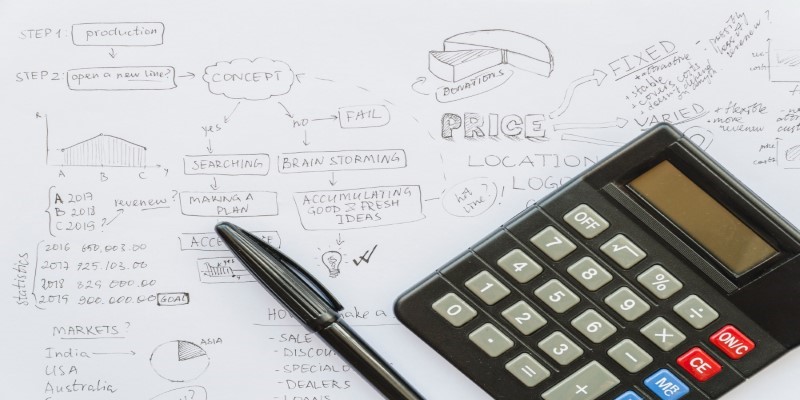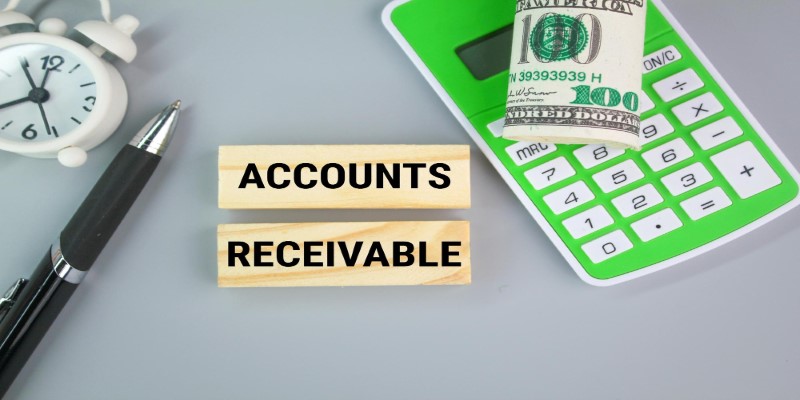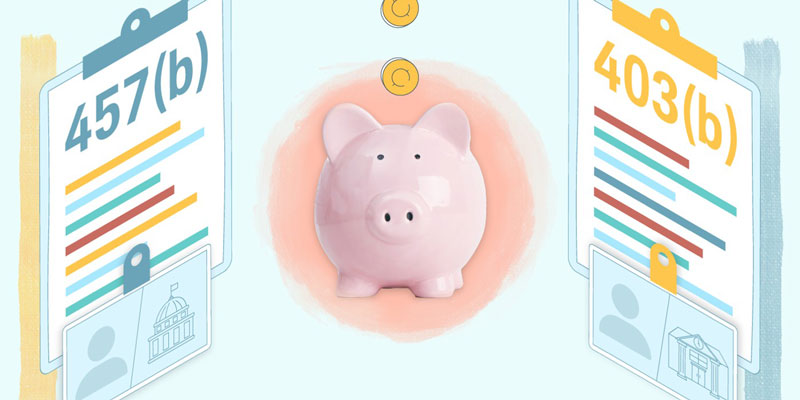From Invoices to Insights: Demystifying Accounts Payable Recording
Dec 22, 2023 By Triston Martin
Accounts Payable (AP) might sound like a finance wizard's jargon, but it's just a fancy term for the money your business owes to others. No need for a financial dictionary - we're going to break it down into simple bits and guide you through understanding and recording AP.
Understanding Accounts Payable
Let's take a closer look at what makes up Accounts Payable. Think of it as a promise, a commitment your business makes when it receives goods or services on credit. It's akin to the tab you might run at your local coffee shop, only in the world of business.
The Credit Transaction
Picture this: you run a small design agency, and you need a new set of computers for your creative team. Instead of paying upfront, the computer supplier allows you to take the computers with a promise to pay the bill in 30 days. Congratulations, you've just entered the world of Accounts Payable.
The AP Category
Now, let's break down this scenario. The bill for the computers becomes a part of your Accounts Payable category. This category is like a ledger, keeping a record of what your business owes. It's not just about the immediate exchange; it's about acknowledging the financial commitment and being accountable for it.
Planning and Tracking
Understanding the nitty-gritty of AP is akin to having a GPS for your finances. It's not just about owing money; it's about knowing where you stand financially and planning your route. Effective AP management involves keeping meticulous records, tracking due dates, and ensuring that your business doesn't stumble due to unexpected financial surprises.
Smooth Operations
Imagine AP as the lubricant that keeps the gears of your business turning smoothly. When you understand and manage your payables well, you ensure a steady flow of goods and services, maintaining positive relationships with suppliers and vendors. This, in turn, creates a ripple effect, impacting the overall efficiency and reputation of your business.
AP and Vendor Relationships
Remember, the businesses you owe money to are more than just entities on a balance sheet. They are your partners in the journey of keeping your operations running. By being on top of your AP game, you build trust with your suppliers and vendors. This trust can lead to better credit terms, discounts, and, most importantly, a reliable network of partners crucial for the success of your business.
Recording Accounts Payable
Imagine your business's financial records as a giant ledger, like a well-organized playbook where every move is documented. Now, let's break down how you record your AP transactions:

Getting an Invoice
When you receive an invoice from a supplier – let's say, for a shipment of raw materials for your manufacturing unit – it's time to record it in your ledger. This invoice is like a receipt stating the amount you owe and the due date for payment.
Increase in AP Account
Now, open your ledger to the AP section. When you receive the invoice, you record it as an increase in your Accounts Payable account. This essentially acknowledges that your business has a financial obligation – you owe money for the goods or services received.
The Art of Debit and Credit
Here's a bit of accounting magic: the increase in your AP account is matched by a corresponding increase in your expenses or asset account. It's like a seesaw – when one side goes up, the other goes down. In this case, your expenses go up, reflecting the cost of the goods or services you've received.
Settling Your Debts
Fast forward to the day you pay the bill. This is where the magic continues. When you make the payment, you decrease the AP account. It's like ticking off an item on your to-do list – settling a debt. Simultaneously, you also decrease your cash or bank balance, reflecting the actual outflow of money.
Keeping Score
Think of recording AP as keeping score in a game. Each transaction, each entry, contributes to the overall health of your financial playbook. The goal is to maintain a balance, ensuring that what you owe aligns with what you have.
Beyond Finance Department
Recording AP isn't a task reserved only for the finance department. It's a fundamental part of running a business. Whether you're a small startup or an established enterprise, accurate and timely recording ensures you have a clear financial snapshot.
Trade Payables
Let's dive deeper into trade payables. This is a subset of Accounts Payable that specifically deals with money owed for goods and services related to your business operations. For example, if you run a bakery, trade payables would include the flour, sugar, and other ingredients you buy on credit.
Understanding trade payables is crucial because it helps you manage your cash flow effectively. If you know when your payments are due, you can plan your finances better and avoid any cash crunch surprises.
In the world of business, trade payables are the lifeblood of operations. It's the system that keeps goods flowing, shelves stocked, and customers satisfied. By grasping the concept of trade payables, you're not just managing debts; you're ensuring the wheels of your business keep turning.
Accounts Receivable
Now, it's not a one-way street. Just as you have Accounts Payable, there's also something called Accounts Receivable (AR). This is the money owed to your company by customers. When you sell goods or services on credit, the amount becomes accounts receivable until your customer pays up.

The cycle of AP and AR is like a financial dance. You pay your bills while waiting for others to pay you. Balancing these two is key to keeping your business financially healthy.
Conclusion
So, there you have it - a straightforward guide to understanding Accounts Payable and how to record it. Just think of it as keeping tabs on what you owe and what's owed to you. As you navigate the world of business finances, remember the golden rule: timely and accurate recording of Accounts Payable ensures you always have a clear picture of your financial health. Happy accounting!
Feel free to let me know if you have any specific points you'd like to add or if there's anything else you'd like me to cover.





